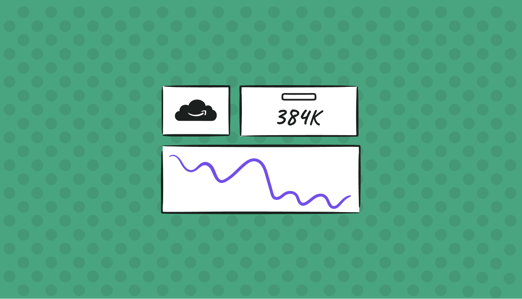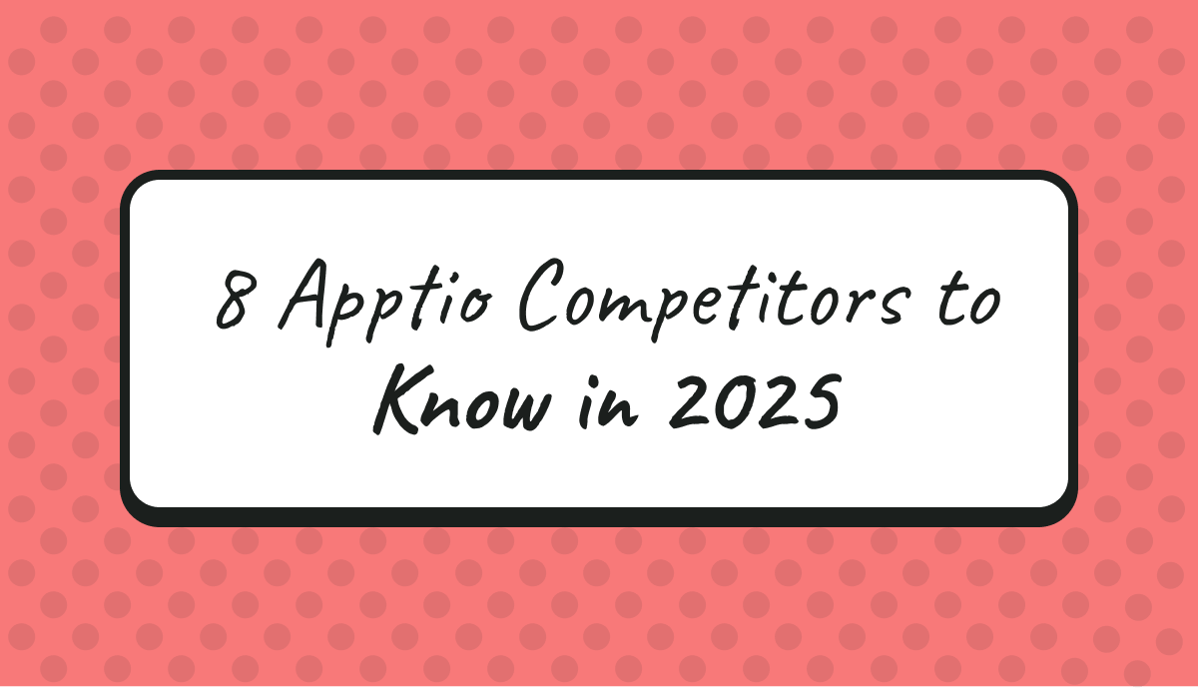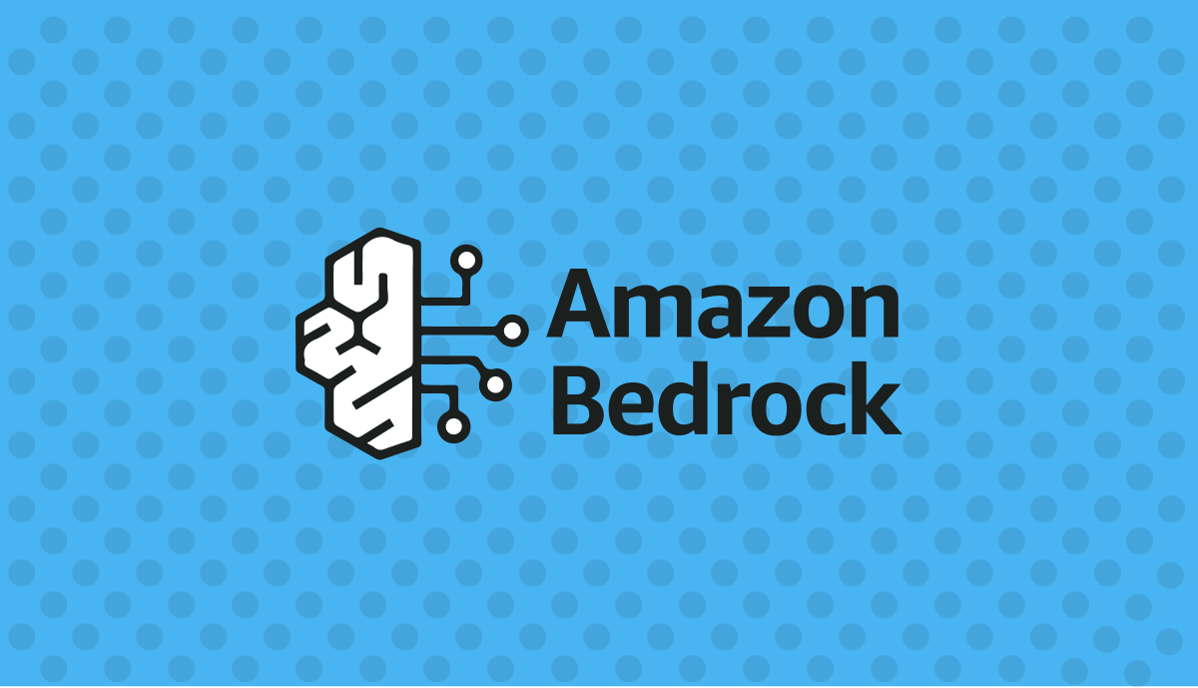
Managing your cloud spend is an incredibly important aspect of AWS innovation. To manage your investment in AWS and not overspend, you must have a cloud spending model in place. This model must be both scalable and easily understood by all parties involved – IT, development, compliance, and beyond.
When you think of AWS cost management and monitoring, you might envision someone on your team that uses some AWS tools combined with manual labor to track your organization’s cloud spend – often resulting in misalignment during forecasting despite their efforts. Unfortunately, this is a common tale, because there are numerous ways to manage costs in AWS – which can be the downfall for many customers.
Understanding the AWS Cloud Value Framework
AWS disrupted the cloud industry with elasticity and a pay-as-you-go approach – meaning users only pay for what they need. To understand your spending, access the AWS Cloud Economics Center, which outlines the AWS Cloud Value Framework, promoting cost savings, staff productivity, operational resilience, and business agility.
While this framework can assist you to manage your AWS investment, it makes for complex and constant billing that often leaves cloud users confused, frustrated, and over budget. If you’re brand new to AWS, maybe you neatly side-stepped this pain point yet because you optimized your cloud spend with the AWS Pricing Calculator on the front end.
Once you’re up and running, to make cloud spending easier to analyze, the AWS Cost Management Console provides three native services to aid users in cost monitoring and optimization:
- AWS Cost Explorer
- AWS Budgets
- AWS Cost Anomaly Detection
Let’s take a deeper look at all three.
Native Tools Within AWS Cost Management Console
The AWS Cost Explorer API is a native cost observability platform that provides a dashboard for users to visualize, assess, and control AWS costs over time. This dashboard allows you to enable data analysis of your cloud spend so that you can identify trends, cost drivers, and anomalies. The main features and benefits of Cost Explorer include:
- Quick startup with pre-configured views
- Ability to set time intervals and granularity – either monthly, daily, or custom
- Filter or group data sets
- Plan up to 12 months ahead with forecasting features
- Capability to save your progress when you find a helpful view
- Build custom applications
- Get recommendations on Reserved Instances
It’s important to note that Cost Explorer uses the same dataset as AWS Cost and Usage Reports.
AWS Budgets can be utilized when you have dynamic cloud usage and want to set a notification for when cost or usage meets a predefined threshold. This enables you to closely monitor Reserved Instances (RI) and Savings Plans with custom tracking. The main features and benefits of AWS Budgets include:
- Custom budgets based on your AWS environment
- Set up event-driven alerts and reports
- Receive automated daily, weekly, or monthly Budget Reports
- Create annual, quarterly, monthly, or daily budgets
Using AWS Budgets, you can create six types of budgets: Cost budgets, usage budgets, RI utilization budgets, RI coverage budgets, Savings Plans utilization budgets, and Savings Plans coverage budgets.
To stay informed on any irregular spending, you can set up AWS Cost Anomaly Detection via the AWS Cost Explorer API or directly in the Cost Management Console. This service creates cost-monitoring filters so that you can quickly identify and analyze anomalies. The main features and benefits of AWS Cost Anomaly Detection include:
- Analyze all your AWS services independently or by member accounts, cost allocation tags, or cost categories
- Advanced Machine Learning to minimize false positives
- Reduces surprise costs
- Analyze root causes that impact spending trends
- Receive individual alerts as well as daily or weekly summaries
Anomaly detection is vital because, without discovering the root cause of unusual spending, you cannot fully control your cloud spending.
Outside of the AWS Cost Management Console, you can utilize the AWS Cost and Usage Reports for comprehensive spending information or work directly with an AWS Trusted Advisor to set cost ceilings.
A New Approach
Using AWS native tools (the legacy approach) for cost monitoring and optimization can be a nightmare for the person responsible. That’s where FinOps comes into play. This new approach to AWS cost management maximizes ROI and enables healthier business decision-making. Where does your team sit on the cost management spectrum? Does your team utilize AWS-native tools or new approaches like FinOps?
You do not have to struggle alone. FinOps provides a fresh perspective on your cloud spend, and the toolkits that support FinOps are mature and intuitive. Have you tried Finout yet? Finout is an emerging self-service cloud cost observability platform that treats cloud cost as a metric for simple management. Contact Finout today to learn how the platform can help control your AWS spending while ensuring your services operate as efficiently as before.









